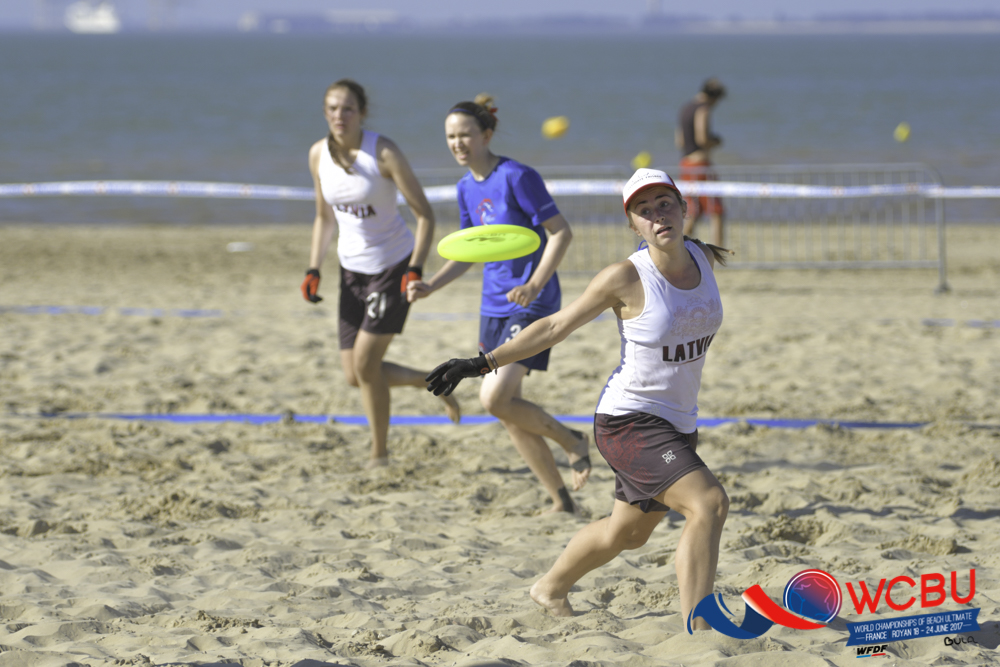Though essentially the most well-known journey spot is Latvia’s capital Riga, which can be a World Heritage Site itself, there are many choices on this country for vacationers to see and go to. Latvia is a Baltic country positioned in Northern Europe, bordering Estonia to the north, Lithuania to the south, Russia to the east, Belarus on the southeast, and the Baltic Sea on the west. Alongside many professional choirs, there are tens of hundreds of Latvians who’re part of totally different novice choirs.
By the tip of the 18th century, all of Latvia’s territory was underneath Russian rule. In the 1200s, a confederation of feudal nations was developed under German rule and named Livonia. In 1282, Rīga and later Cēsis, Limbaži, Koknese and Valmiera, were included in the Northern German Trading Organisation, or the Hanseatic League (Hansa).
Women in Latvia, in addition to men, have their very own social roles, nonetheless, they are happy to share their chores in on a regular basis life.
English language
However, the central power in Moscow continued to treat Latvia as a Soviet republic in 1990 and 1991. In January 1991, Soviet political and army forces tried unsuccessfully to overthrow the Republic of Latvia authorities by occupying the central publishing home in Riga and establishing a Committee of National Salvation to usurp governmental capabilities. During the transitional period, Moscow maintained many central Soviet state authorities in Latvia. On 5 October 1939, Latvia was forced to simply accept a «mutual assistance» pact with the Soviet Union, granting the Soviets the proper to station between 25,000 and 30,000 troops on Latvian territory.State directors were liquidated and changed by Soviet cadres.
Travel scholarships & storytelling ideas
In general, nevertheless, the situation of the Latvians beneath German rule was that of any topic nation. The indigenous nobility was extinguished, apart from a number of of its members who changed their allegiance; and the agricultural population was compelled to pay tithes and taxes to their German conquerors and to offer corvée, or statute labour. During the crusading period, German–or, more latvia woman exactly, Saxon–abroad growth reached the jap shores of the Baltic. Because the folks occupying the coast of Latvia have been the Livs, the German invaders called the country Livland, a name rendered in Latin as Livonia. In the mid-twelfth century, German merchants from Lübeck and Bremen were visiting the estuary of the Western Dvina; these visits were followed by the arrival of German missionaries.

However, universal citizenship for all permanent residents was not adopted. Instead, citizenship was granted to individuals who had been citizens of Latvia at the day of lack of independence at 1940 in addition to their descendants.
By December 1919 all German troops had deserted Latvia and Lithuania. Only Latgale remained in Red arms; but this province was soon thereafter cleared of Red troops. After the conquest, the Germans formed a so-referred to as Livonian confederation, which lasted for more than three centuries.
Are the «third nations» and the «third world international locations» one and the identical?
Their commander, General Rüdiger von der Goltz, meant to build a German-controlled Latvia and to make it a German base of operation in the struggle towards the Soviets. This intention brought on a conflict with the federal government of independent Latvia supported by the Allies. Pushing northward, the Germans had been stopped close to Cesis by the Estonian army, which included 2,000 Latvians. The British compelled the Germans to abandon Riga, to which the Ulmanis authorities returned in July.
Historically, Lutherans were the majority, however Communist rule weakened Lutheranism rather more than Catholicism, with the end result that there are actually solely slightly extra Lutherans than Catholics. The Latvian Orthodox Church is semi-autonomous and has 370,000 members.
Latvia’s only distinct border is the Baltic Sea coast, which extends for 531 kilometers. Its neighbors embody Lithuania on the south (453 kilometers of common border), Estonia on the north (267 kilometers), Russia on the east (217 kilometers), and Belarus on the southeast (141 kilometers). Prior to World War II, Latvia bordered japanese Poland, however because of boundary adjustments by the Soviet Union, this territory was connected to Belarus.

